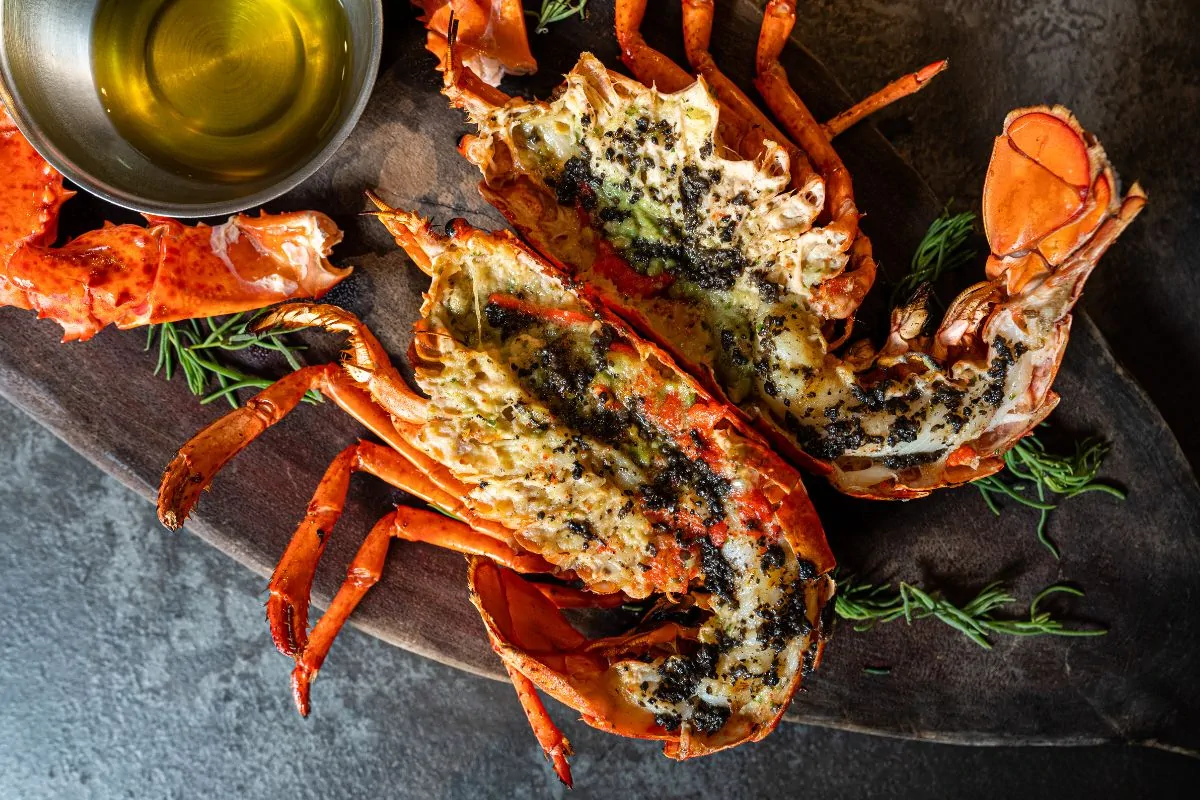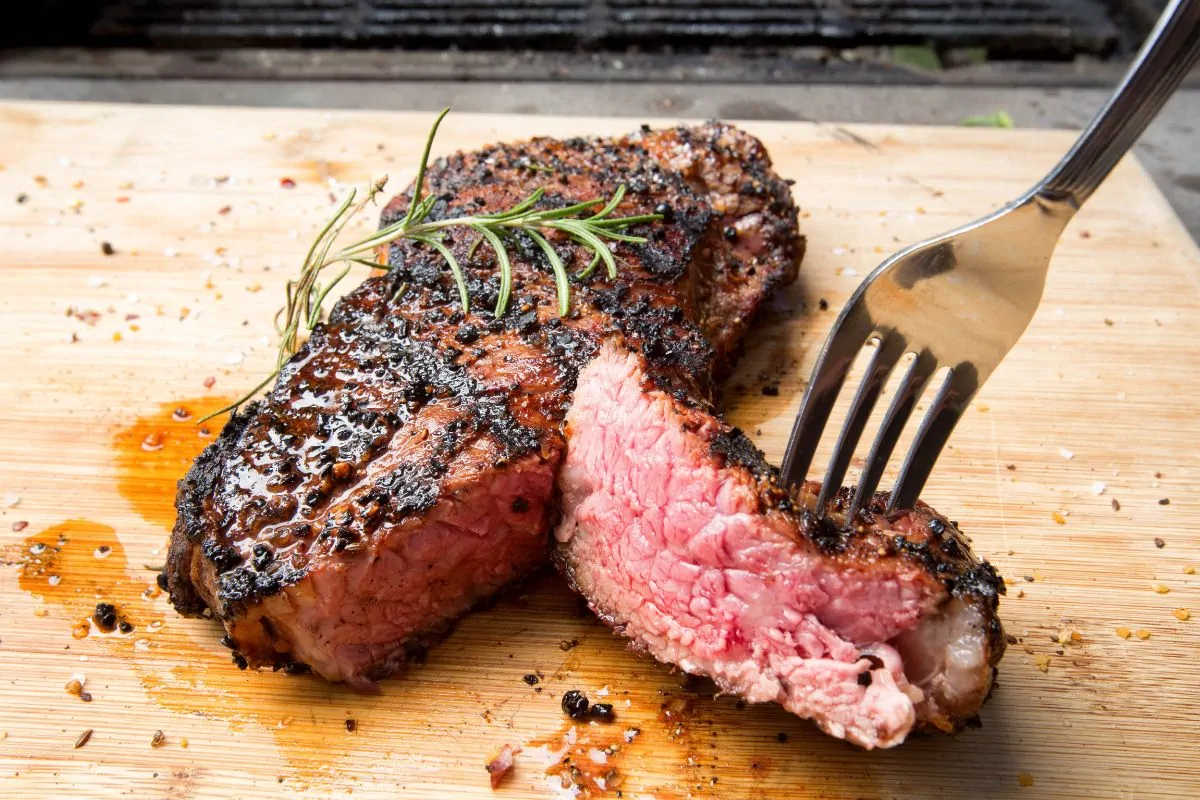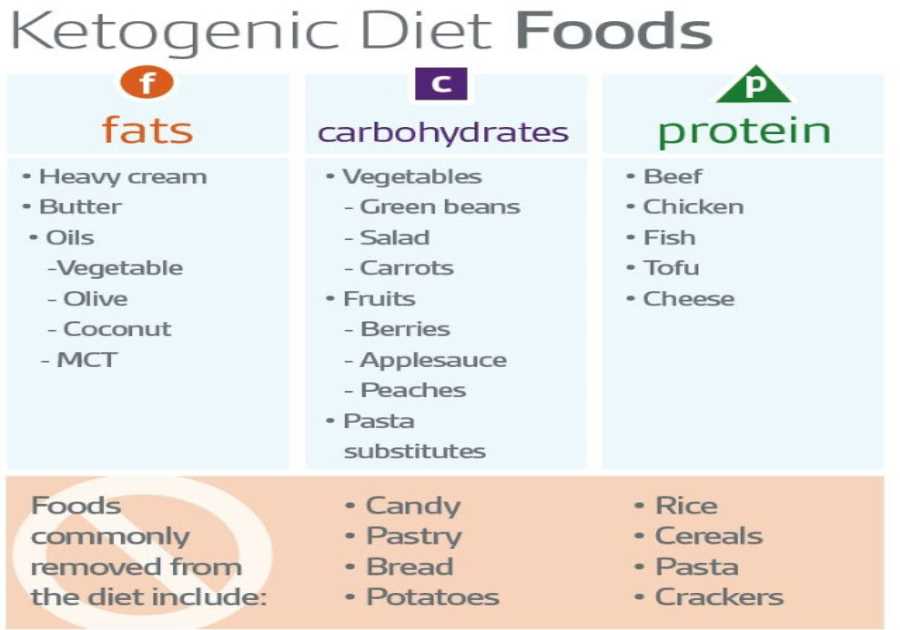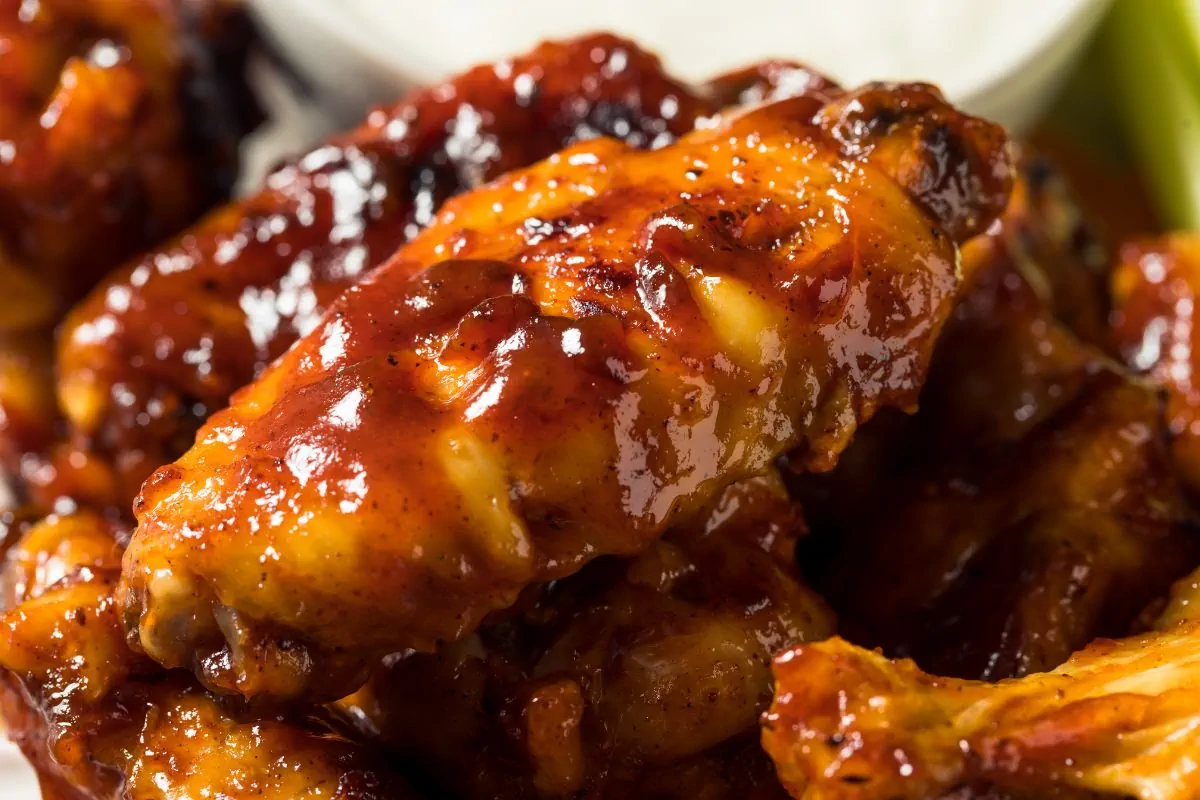The diverse nature of Italy’s landscape accounts for its attractiveness which has made the country a popular place to visit. The country is a peninsula with a unique shape, extending into the waters of the Mediterranean, that is surrounded by seas on all three sides. On the south-western corner of the country is located the Tyrrhenian Sea, while the Adriatic Sea is on the north-eastern side. In the south-eastern area is the Ionian Sea and the Ligurian Sea is located in north-west Italy.
Italy has two major mountain ranges, the Alps and the Apennines. The natural position of both these mountain ranges is in the shape of an arc and this semicircular topography strengthens the northern boundaries of Italy against any possible foreign invasions. Mont Blanc, 4810 meters or 5,781 feet above sea levels, is the highest Italian mountain summit. The country also has two volcanoes, among which Mount Vesuvius, close to Naples, is presently in a dormant state. The other volcanic peak in Sicily, Mount Etna is still very active.
Next to the mountains and the seas, come the valleys and the plains . The Italian plains, known as the Padan Plain, contains one of the longest rivers in Italy – the Po (652 km) and its numerous tributaries, mostly flowing down from the Alps and Apennines to join it. Some of the tributaries of the Po River like Mincio, Dora Baltea, Trebbia and Secchia bring extensive alluvial deposits onto the plains, increasing its fertility and making it ideal for cultivation.
Italy is also a land of lakes. The largest lake in Italy is Lake Garda that covers an area of 142 sq. mi./370 km² and, another, is Lake Como, a major tourist attraction. All these fresh water lakes add to the scenic beauty of the land, making it more and more inviting to tourists.
Northern and southern Italy are very different in climate. The south has very warm weather while in the north the weather is cold for a good portion of the year. Dry pasta, like spaghetti and rigatoni, is found more in the southern areas because it is easier to dry pasta in warm weather. Since it is more difficult to dry pasta in the north, fresh pastas, like pappardelle and tagliatelle, are more popular. Other types of pasta popular in the north are stuffed pastas, such as ravioli. The climate also affects the types of food and plants that grow in Italy. Some plants, like olive trees grow better in warm weather. Olive trees do not grow well in the northern areas where it is cold. In the south olive oil is used while in the north butter and lard are used in place of olive oil. Because of the gradually sloping hills in Parma, the consistent dry breeze make it an ideal location for curing and aging pork products, such as Prosciutto di Parma. The weather in southern Italy is conducive to growing vegetables and chilis that like hot weather conditions.
Although Italians are known throughout the world for pizza and pasta, the national diet of Italy has traditionally differed greatly by region. Italy has 20 regions and I will be writing about them in the future. From the early Middle Ages, Italy consisted of separate republics, each with different culinary customs. These varying cooking practices, which were passed down from generation to generation, contributed to the diversity of Italian cuisine. Italy’s neighboring countries, including France, Austria and Yugoslavia, also contributed to differences in the country’s cuisine. Pride in the culture of one’s region, or campanilismo, extends to the food of the locality and regional cooking styles are celebrated throughout the country.
The mountainous regions of the north feature hearty, meaty fare. The Veneto’s coastal lowlands provide mussels and clams and the lakes and waterways inland provide a tremendous variety of fresh water fish, in addition to ducks and other wild birds. You’ll find a southern meal isn’t complete without a pasta course, while the north prefers gnocchi, risotto and polenta dishes. Cooking ranges from boiling and frying through slow braising and stewing and, in the latter cases, northern cooks use much less tomato, preferring to use wine or broth as the liquid and chopped herbs for flavor. The results can be elegant and the same holds true for roasts, especially those that contain winter vegetable stuffings.
In Central Italy the summers are hotter and longer than those of the North and, consequently, tomato-based dishes are more common than they are further north; at the same time, the winters are chilly inland, making it possible to grow leafy vegetables that reach their best after it frosts, for example black leaf kale. Though there are braised meats and stews, in much of central Italy the centerpiece of a classic holiday meal will be a platter of mixed grilled or roasted meats, with poultry, pork or beef, especially in Tuscany, where the renowned Chianina cattle graze the fields. In Lazio, on the other hand, the platter will likely have lamb, which may also be present on Umbria and the Marche table.
Central Italy also has a rich specialty farming tradition, with many crops that are difficult to find elsewhere, including farro, an ancient grain domesticated by the Romans and saffron, whose distinctive sharpness adds considerably to many dishes. The area, which is almost entirely hilly or mountainous, also boasts massive chestnut stands on the steeper slopes; chestnuts were in the past one of the staple foods of the poor and even now roasted chestnuts are a wonderful treat in winter, as are the dishes made with fresh chestnut flour.
In the sun-drenched south, you will find more Greek and Arabic influences, with a cuisine featuring fragrant olive oils and many varieties of tomatoes both fresh and dried, spiked with hot peppers and seasoned with basil and oregano. Historically the South is known for shepherding and lamb and kid play a much more important role in the diet than they do in much of the rest of Italy. Fish in many coastal areas dominate. Sicilians add citrus, raisins, almonds and exotic spices that set their cuisine apart. The Spaniards’ influence, most notably saffron, is found throughout the south and also in Milan and Sardinia where they once ruled.
Classic Regional Recipes
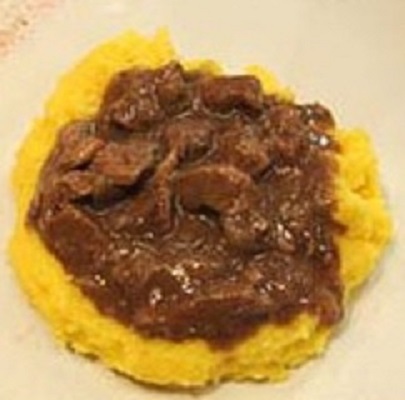
Carbonade
A classic northern Italian stew.
Ingredients
- 2 pounds (800 g) lean beef, cubed
- 2 medium-sized onions
- Bay leaf
- 2 cloves garlic
- Freshly ground nutmeg
- Pinch of powdered cinnamon
- Pinch of sugar
- Flour
- Beef broth
- 2 cups full-bodied dry red wine
- 1/4 cup unsalted butter
- Salt and pepper
- Directions
Flour the beef and brown the pieces in the butter, taking them out of the pot with a slotted spoon and setting them aside when brown.
Slice the onions into rounds and brown them in the same pot, add a ladle of broth and simmer until the broth has evaporated. Add the meat, the spices, the bay leaf, salt and add a pinch of sugar. Then add the wine, bring it all to a boil, reduce the heat to a slow simmer and cook, covered, adding more broth as necessary to the meat submerged.
After about 2 hours or when the meat is tender, add a grinding of pepper and serve it over polenta.
Yield: 4 servings
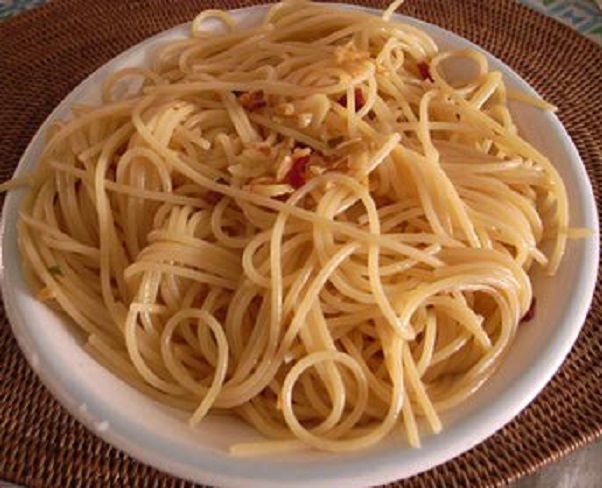
Spaghetti Aio Oio (Spaghetti Aglio e Olio)
A central Italian traditional dish.
Ingredients
- 2 cloves of garlic, minced, or more to taste
- 1/2 a dried chili pepper, crumbled, or more to taste
- 1/3 cup extra virgin olive oil
- 1 pound spaghetti
- Grated Parmigiano or Pecorino Romano, optional
Directions
Bring 6 quarts of salted water to a boil and add the spaghetti. Meanwhile, mince the garlic, crumble the red pepper and sauté them in the oil until the garlic begins to turn a light brown.
Turn off the heat (the garlic will continue to brown; you don’t want it to over brown and become bitter).
When the spaghetti is cooked to the al dente stage, drain, transfer to a serving bowl and toss with the sauce.
Serve with grated Parmigiano or Pecorino Romano on the side; some people like it, whereas others, especially traditionalist Romans, shudder at the idea.
4-6 servings
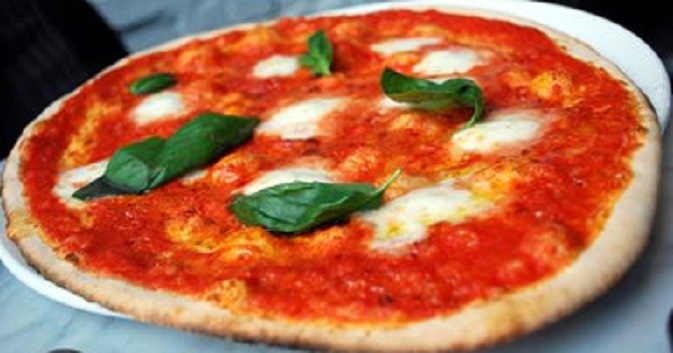
Pizza Margherita
A southern Italian staple.
To make the dough for 2 12-inch pizzas, you’ll need:
- 1 package (2 1/4 teaspoons, or about 20 grams) active dry yeast
- 1 1/3 cups (330 ml) warm (105-115 F, or 42-45 C) water
- 3 1/2 cups (400-430 g) all-purpose flour
- 2 tablespoons olive oil
- A healthy pinch of salt
For the topping for each pizza, you’ll need
- 1/2 cup tomato sauce or chopped canned tomatoes
- Quarter pound of shredded mozzarella
- 4 fresh basil leaves.
Directions
Begin by dissolving the yeast in the water, in a large mixing bowl; let it stand for 5 minutes. Add the remaining ingredients and mix, either by hand or with a mixer set to low-speed, until the ingredients are blended. Hand-knead the dough or mix it with a dough hook setting the speed to low for about 10 minutes, or until the dough is smooth and elastic. Coat the insides of another bowl with olive oil and turn the dough in it to coat it in oil, then cover with plastic wrap and set it in a warm place to rise for an hour or until it doubles in volume.
Preheat the oven to 475 F (250 C) — if you are using a baking stone it should heat for at least 45 minutes. Otherwise grease and dust two flat baking sheets with corn meal. Divide the dough in half, shape each half into a ball and let rest for 15 minutes. Then shape them into disks, stretching them out from the center on a floured surface. Do not roll them, because rolling toughens the dough.
Ladle and spread a half cup of tomato sauce or chopped canned tomatoes over the dough, add the cheese and basil and bake for 15 – 20 minutes.
If you’re using a baking stone and have a baker’s peel, lightly flour it, slide the pizza onto it and transfer it to the stone with a shake — the flour will keep the dough from sticking. If you don’t have a peel, use a flat cookie sheet instead, lightly flouring it, to transfer the pizza from the work surface to the stone.
If you’re using metal baking pans you should bake the pizza towards the bottom of the oven.
By: Jovina CoughlinTitle: Geographical Influences on Italian Cuisine
Sourced From: jovinacooksitalian.com/2014/11/14/geographical-influences-on-italian-cuisine/
Published Date: Fri, 14 Nov 2014 13:06:43 +0000
Frequently Asked Questions
Can I drink alcohol on a Mediterranean diet?
Yes, alcohol can be enjoyed in moderation as part a Mediterranean diet. This drinking style should be limited to 1 glass daily for women and 2 for men. Suitable drinks include dry wines, beer, and spirits made with natural ingredients such as brandy, vodka, whiskey, or gin. Heavy spirits like cocktails should be avoided due to their high sugar content. A daily intake of water or herbal drinks can keep your body hydrated and reduce sugar cravings.
Can the Mediterranean Diet be made gluten-free?
Yes, the Mediterranean Food Plan can be made gluten-free. Instead of using whole-grain carbohydrate sources like wheat and barley, you can incorporate gluten-free grains, such as millet (or quinoa), into your meals. Additional gluten-free options include fruits like melon, pears and fresh vegetables as well as legumes, nuts, seeds and nuts. Individuals who are allergic to dairy and milk may find it beneficial to choose lactose-free options for protein. You might also consider making porridge as an alternative to oats, eating baked salmon with potatoes, or bean soup for lunch, and roasting vegetables with herbs as dinner.
How do you get started with the Mediterranean Diet?
The first step to a Mediterranean diet is to stock your kitchen with fresh food, such as fruits and vegetable. This could involve preparing different vegetables or proteins every week that can then be used as a base for recipes in the coming days. Refined grains can be replaced with whole grain alternatives like quinoa and oat groats or millet. In order to enhance flavor and nutrition, it is important to include healthy fats such olive oil and sesame in your meal prep. Finally, seasonings, including garlic, oregano, basil, and turmeric, are all good additions to meals and will help reduce the need for added sugar or salt!
What are some Mediterranean fruits?
You will find fruits like oranges, grapes melons, melons, pears and dates in the Mediterranean Diet. Think of adding fresh fruits to breakfast ideas like smoothie bowls or parfaits for added nutrition. Greek yogurt is a great option for breakfast. It provides natural sweetness and does not require any processed sugars. Fresh fruit slices over salads can add flavor and nutrition to meals, and can satisfy sweet taste cravings. Healthy snacks that are part of the Mediterranean Diet include nuts and seeds such a almonds, pistachios, as well as dark chocolate moderately for additional antioxidants. To experience the flavors of this ancient diet, explore various local options considered staples in countries close to the Mediterranean Sea!
Is the Mediterranean Diet expensive?
The Mediterranean diet is affordable and easy to prepare. Local grocery stores and farmers' markets have many staple foods. Shopping for organic, high-quality products, or special items, such as extra virgin oil, can be more costly. Plan your meals and budget accordingly. Additionally, using leftovers from previous meals and bulk-freezing food items like fish and grains will help save money over time.
Is Banana allowed in the Mediterranean diet?
Yes, bananas are allowed in the Mediterranean diet. Bananas are nutritious and low-calorie fruit that can provide beneficial dietary fiber, potassium, and vitamin B6. You can add sliced or mashed bananas as a side dish to your favorite meals, such as porridges, smoothies or salads. For added protein, you can enjoy it as a snack with nuts butter like peanut or almond. To improve digestion and promote hunger when eating, you may want to pair bananas with nuts and seeds.
Is it OK to consume milk in the Mediterranean diet?
Yes, milk may be allowed in the Mediterranean diet. Low-fat yogurts, cheese, and dairy products are essential to this diet. They contain calcium and other key nutrients. The nutritional benefits of milk are also worth considering. It should be enjoyed in moderation, with other beverages such as coffee or tea. It can also create dishes such as smoothies or oatmeal if preferred. To promote sustainable farming, choose organic milk whenever possible. You can add milk to breakfast recipes such as avocado toast and smoothie bowls to get the essential vitamins and minerals you need for a healthy start.
Statistics
- The Mediterranean Diet group had a 30% lower relative risk of cardiovascular events compared to the low-fat diet group. (my.clevelandclinic.org)
- One small study suggested that swapping one-half of your serving of a high-glycemic starch (like rice) with lentils helps lower the glycemic response by 20 percent. (everydayhealth.com)
- Benefits of Replacing foods high in saturated fats (like butter) with plant sources high in monounsaturated fatty acids, like olive oil, may help lower the risk of heart disease by 19 percent, according to research. (everydayhealth.com)
- The research suggested that the diet reduced the risk of cardiovascular issues, including stroke, heart attack, and death, by about 30 percent compared with the control group. (medicalnewstoday.com)
External Links
[TAG37]
- The Mediterranean Diet - From an Environment-Driven Culture of Food to an Emerging Medical Prescription (PMC)
- Definition of the Mediterranean Diet: Literature Review - PMC
[TAG40]
[TAG42]
- (PDF). The Association Between Dietary Patterns & Insulin Resistance: a Systematic Review
- (PDF) Citrus as part of the Mediterranean diet
[TAG45]
- Mediterranean Diet Beginner's Guide: Ranked #1 Best Diet in 2023 | U.S. News
- Top Diets for 2023 - Expertly Review - US News Health
How To
How to Plan a Week Of Delicious and Nutritious Mediterranean Meals
A Mediterranean diet can improve your overall health and life quality. This high-nutrient diet emphasizes healthy fats and whole grains, legumes as well as fresh fruits and vegetables. The benefits of eating this way include better blood cholesterol, improved glucose control as well as reduced risk of developing certain types or cancers.
Following these tips can make it easy to incorporate Mediterranean-inspired foods into your diet: swapping out high-calorie snacks like chips with nutrient-dense vegetable appetizers or other traditional greens or beans dishes; learning how to increase variety with spices or different sources derived from nuts, fruits, and vegetables; integrating more whole grains, legumes, and high fiber items that can enhance satiety after meals; adding moderate amounts of dairy products like yogurt cheese and milk throughout the day for added nutrition; using olive oil as the primary cooking fat instead of traditional oils; occasionally enjoying a glass of red wine to complete the Mediterranean experience.
You can plan a week full of healthy and delicious meals that follow the Mediterranean diet guidelines. Start by focusing on certain components. ; fruits for desserts snacks smoothies, etc. Seasonings herbs and sauces, as well as optional dairy yogurt cheese or kefir. Mixing up different combinations will allow you to get the right amount of nutrients and maintain flavor balance. This is a key element in a Mediterranean lifestyle. Combining the meal with regular physical activity will offer even more significant increases in short-term results and long-term positive impacts on body composition and overall health status.
Resources:
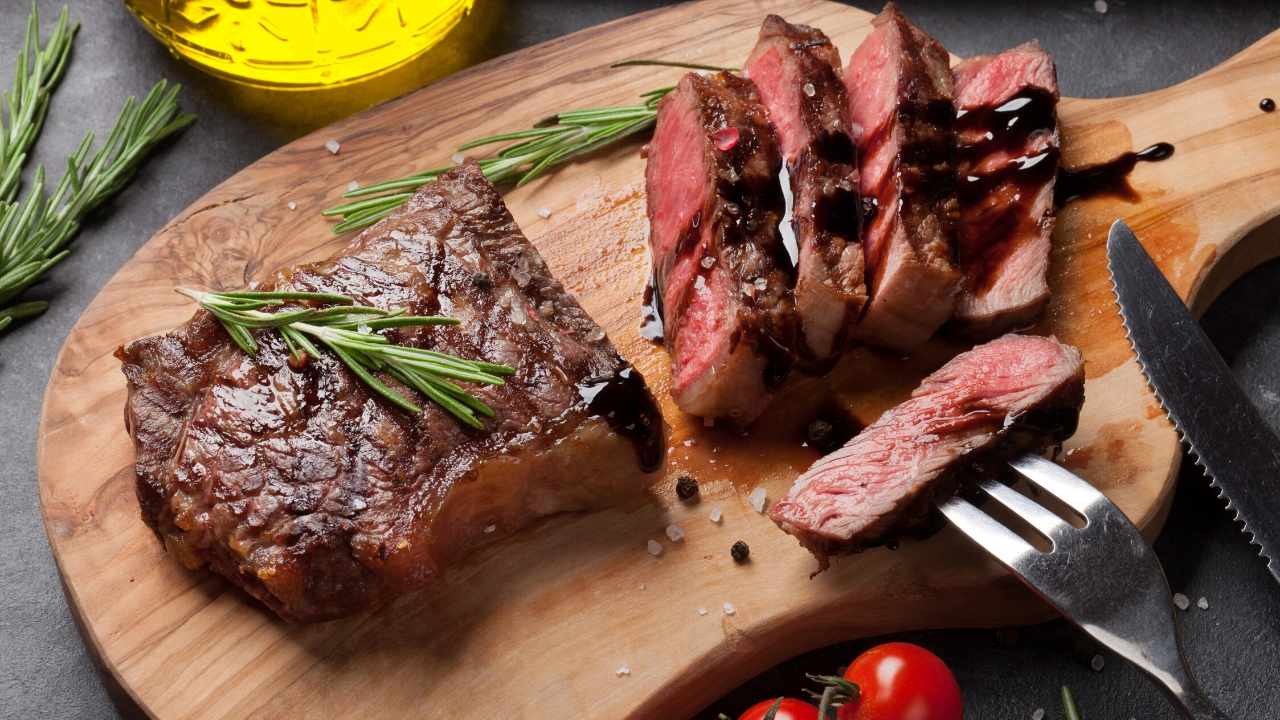 |
[TAG48]Healthline ranked the Mediterranean Diet number 1 for the following reasons: Numerous studies associate the Mediterranean diet with a reduced risk of heart |
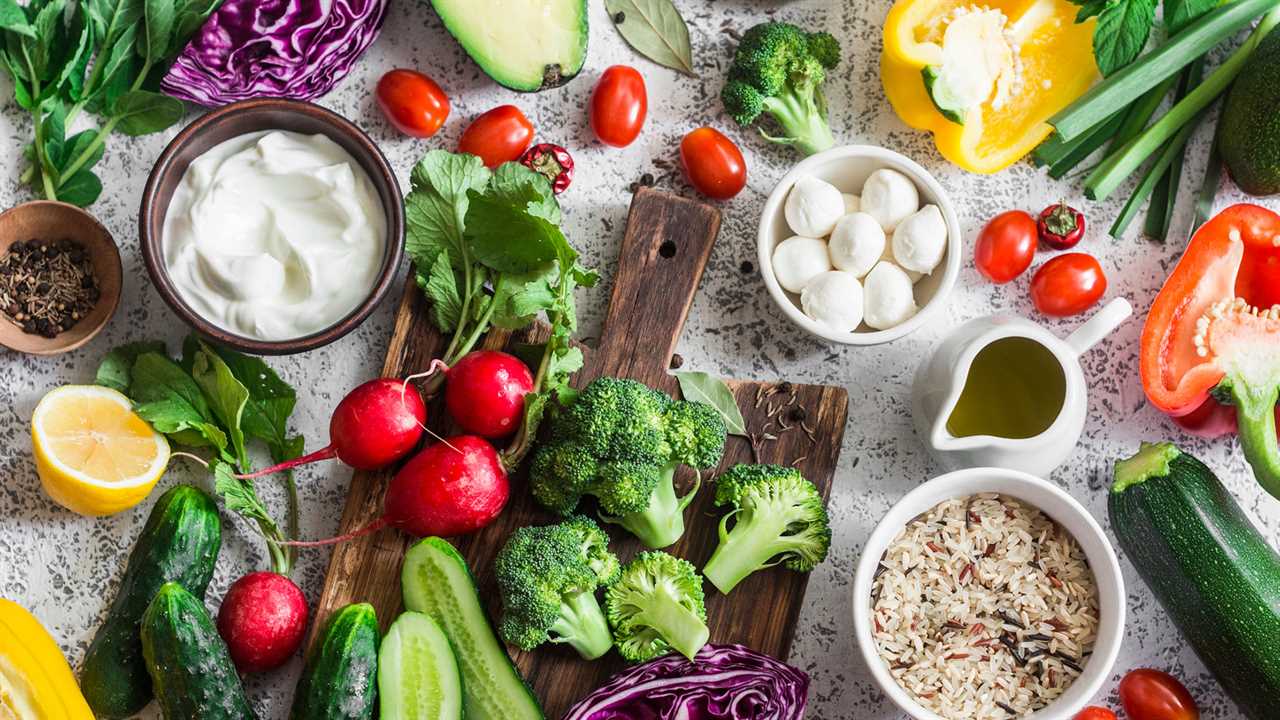 |
[TAG49]The Mediterranean diet originates in the food cultures of ancient civilizations which developed around the Mediterranean Basin and is based on the regular |
 |
[TAG50]Psychology Today reports: Eating more green, leafy vegetables and less red meat were associated with improved cognitive functioning in a recent study of older |
 |
[TAG51]This review of five human studies on the Mediterranean diet examines its effects on weight loss, various diseases, and the risk of death. |
 |
[TAG52]CNBC reports that Joan Salge Blake, Boston University’s clinical professor of nutrition says: “‘Poor protein [intake] can contribute to fatigue, and that’s the |
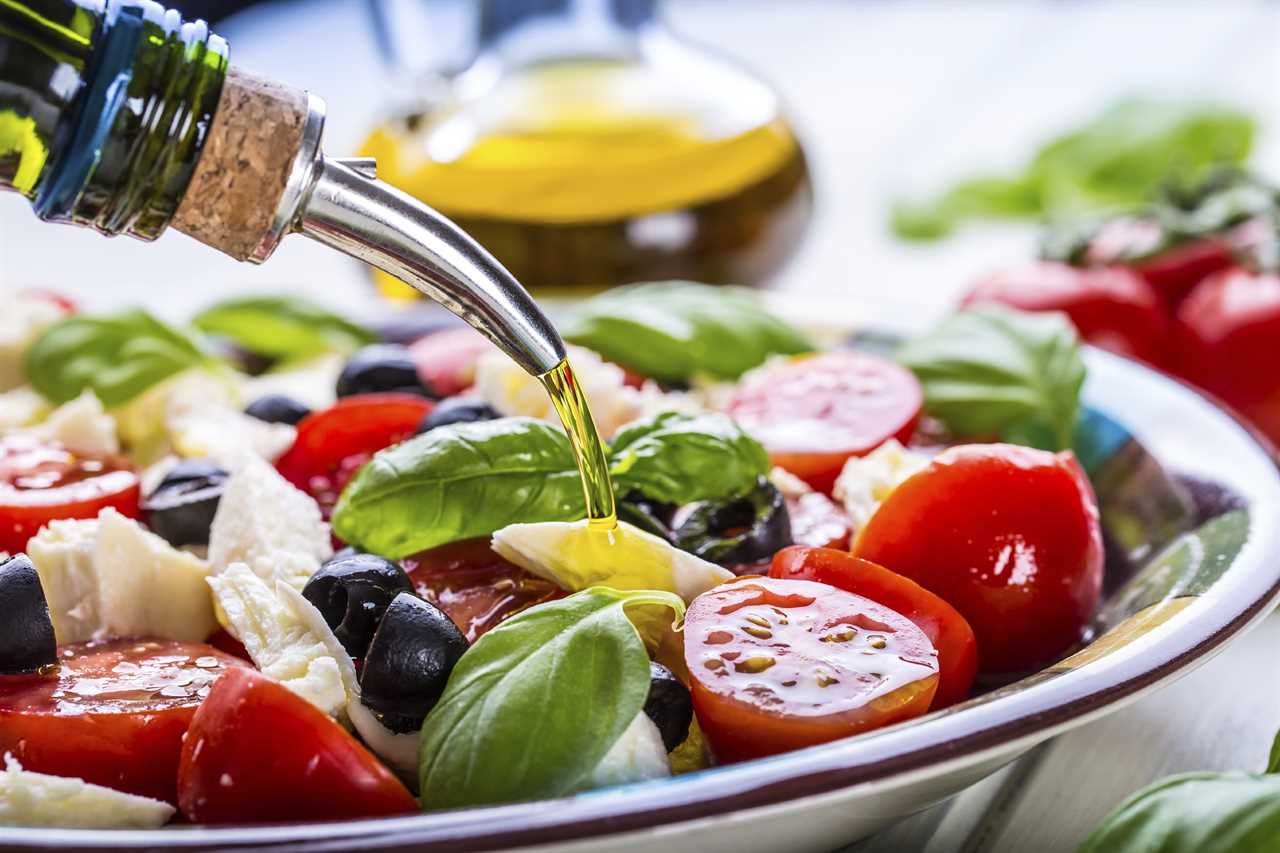 |
[TAG53]The Mediterranean diet has been linked to a number of health benefits, including reduced mortality risk and lower incidence of cardiovascular disease. |
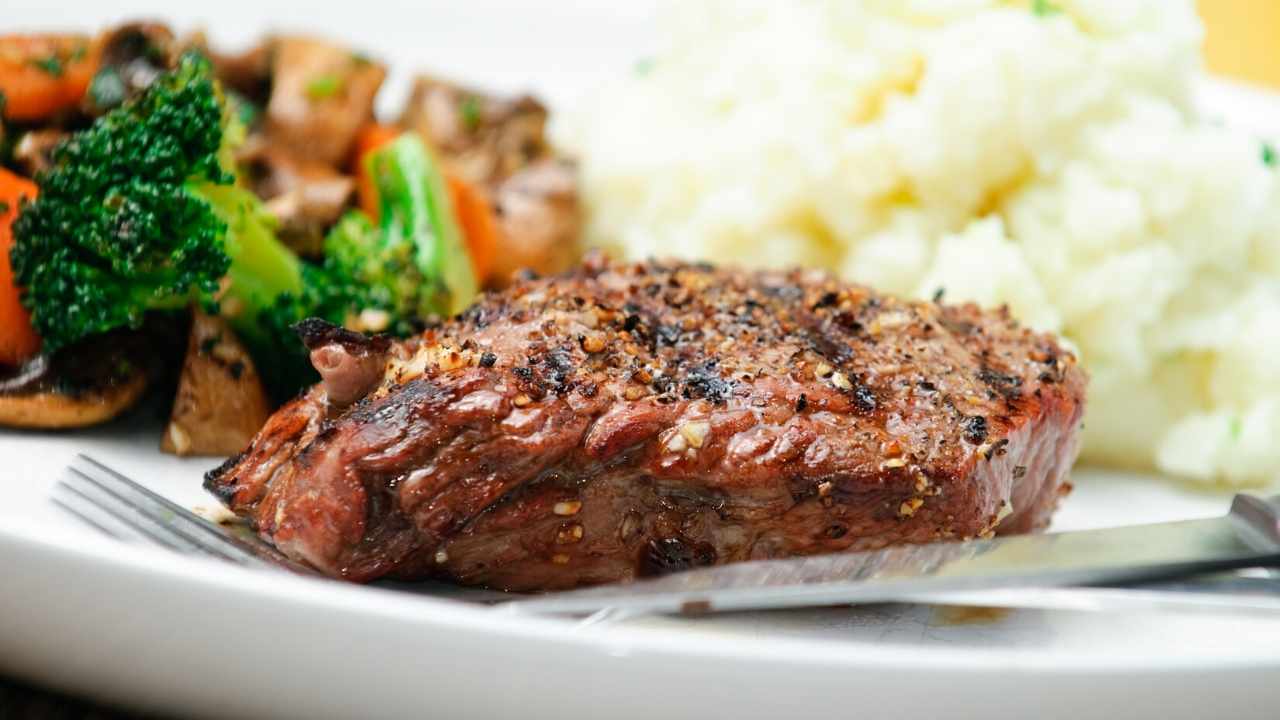 |
[TAG54]According to Olive Oil Times: The authors of the meta-study, published in Current Obesity Reports, noted that hypertension, type 2 diabetes mellitus, several |
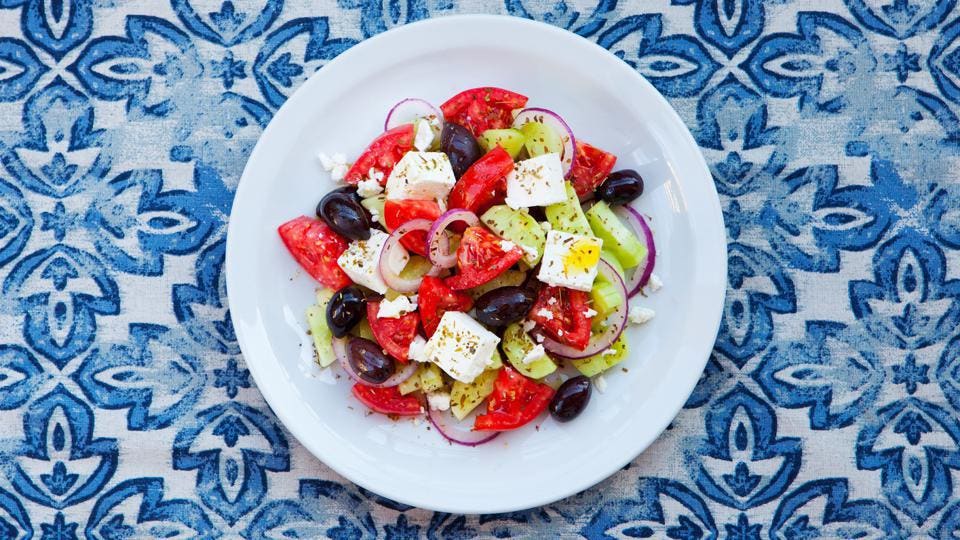 |
[TAG55]The Mediterranean diet, with its emphasis on fresh vegetables and fruit, whole grains, legumes, olive oil and fish, provides an array of health benefits, |
 |
[TAG56]The study described in The Epoch Times found: In the conclusions of this study, the authors prefer the Mediterranean diet over the Keto diet because the key to |
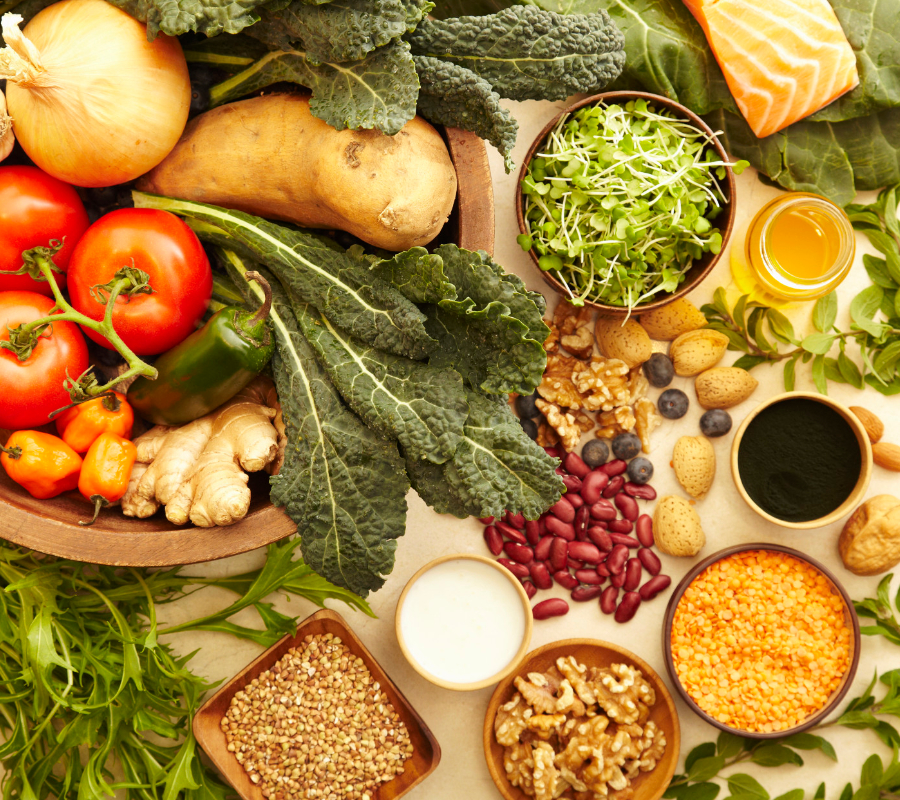 |
[TAG57]The Mediterranean diet is a heart-healthy eating plan that emphasizes healthy fats, whole grains, fruits, vegetables, beans, nuts and seeds. |
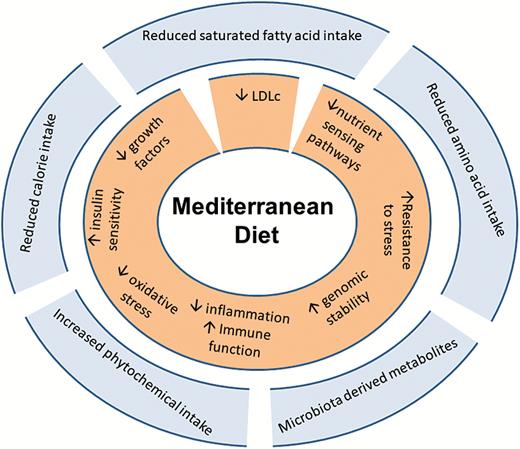 |
[TAG58]Abstract. Consuming a Mediterranean diet rich in minimally processed plant foods has been associated with a reduced risk of developing multiple chronic diseases |
 |
[TAG59]It’s an easy (and delicious!) change that can turn your diet into a disease-fighting tool. |
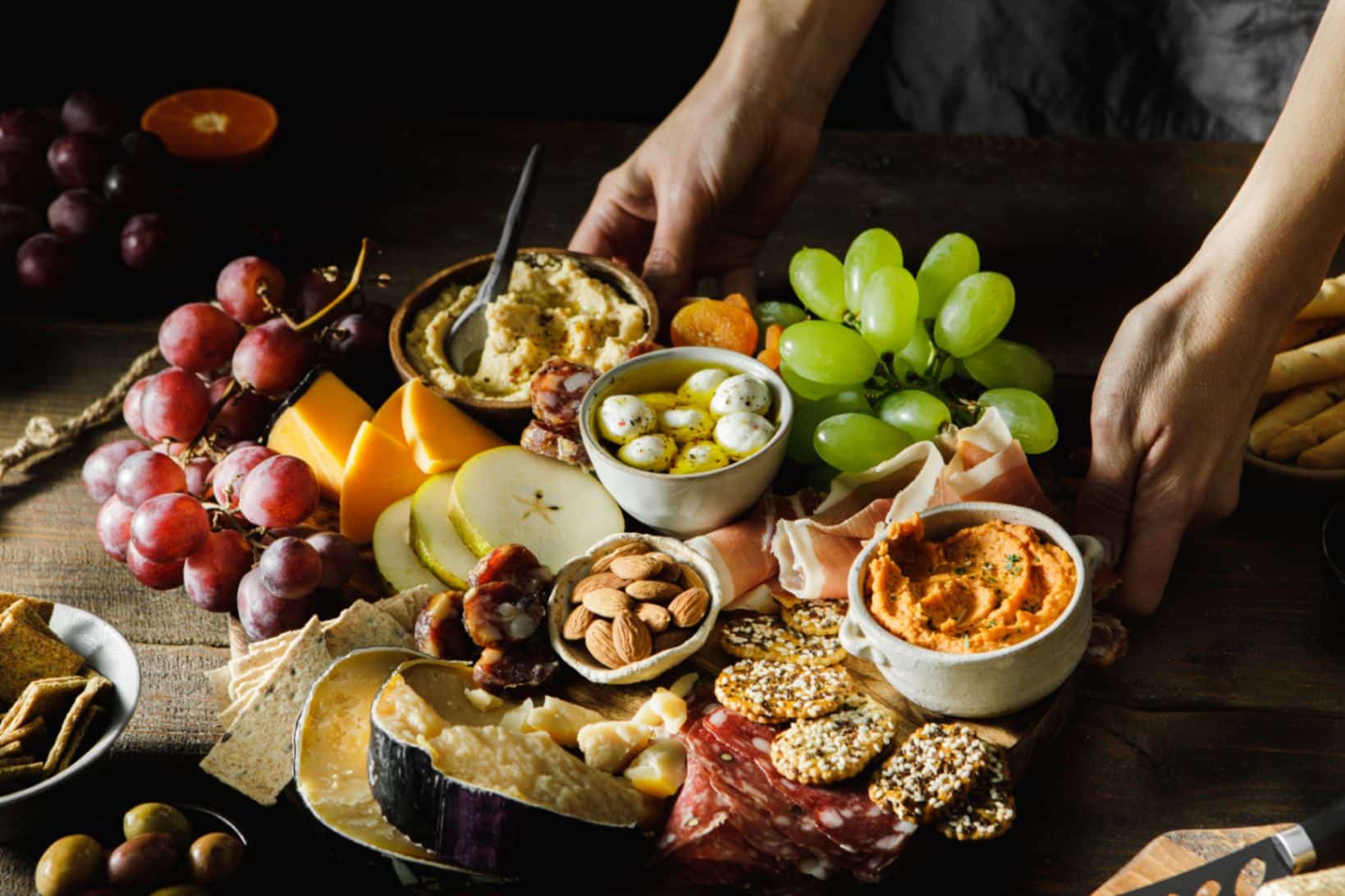 |
[TAG60]There are many misconceptions about the Mediterranean diet. Learn what it really means and how it can help you live a healthier, longer life. |
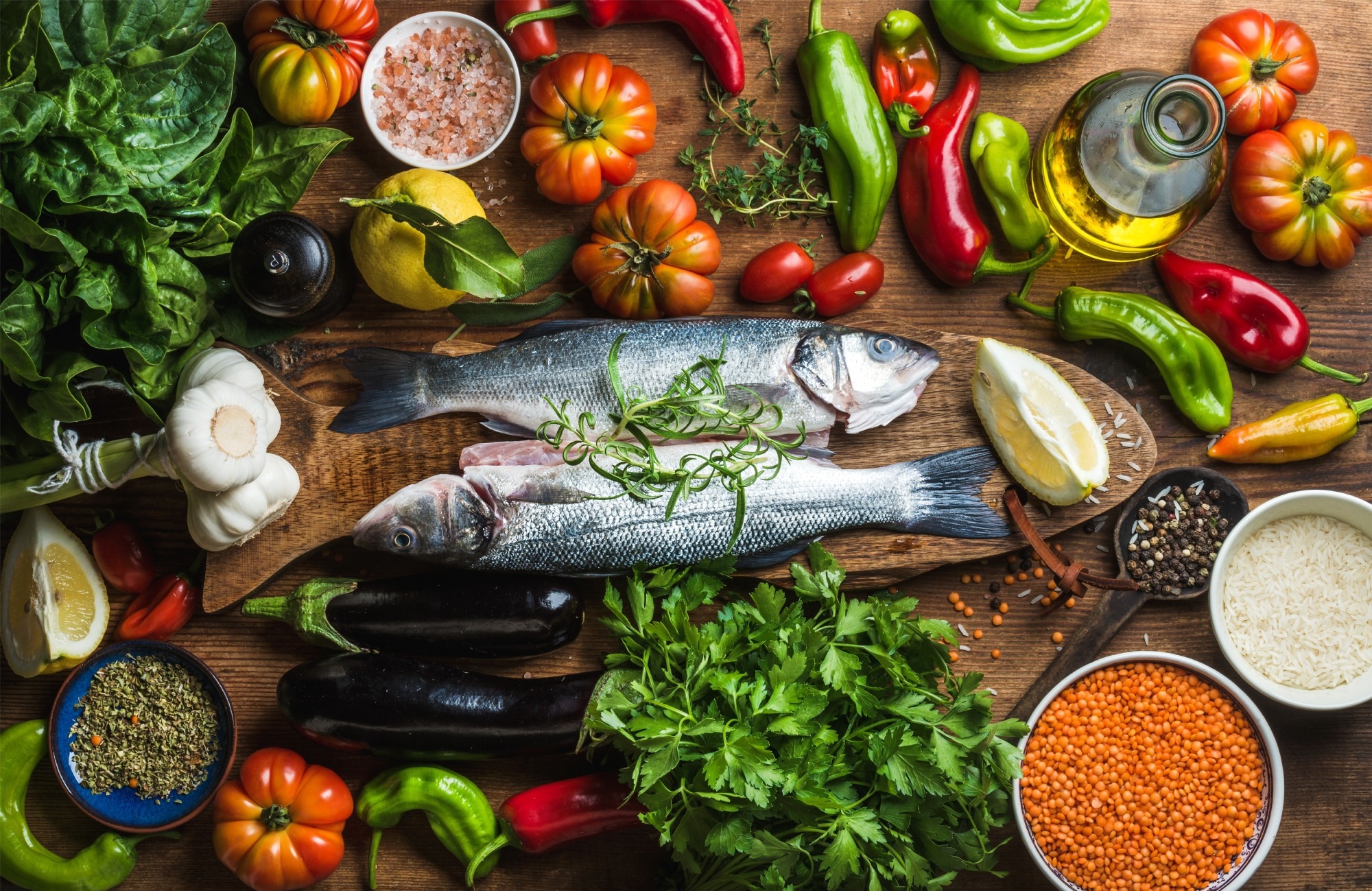 |
[TAG61]A review article published in the journal Experimental Gerontology describes the utility of Mediterranean diet (MedDiet) in the prevention and management of |







